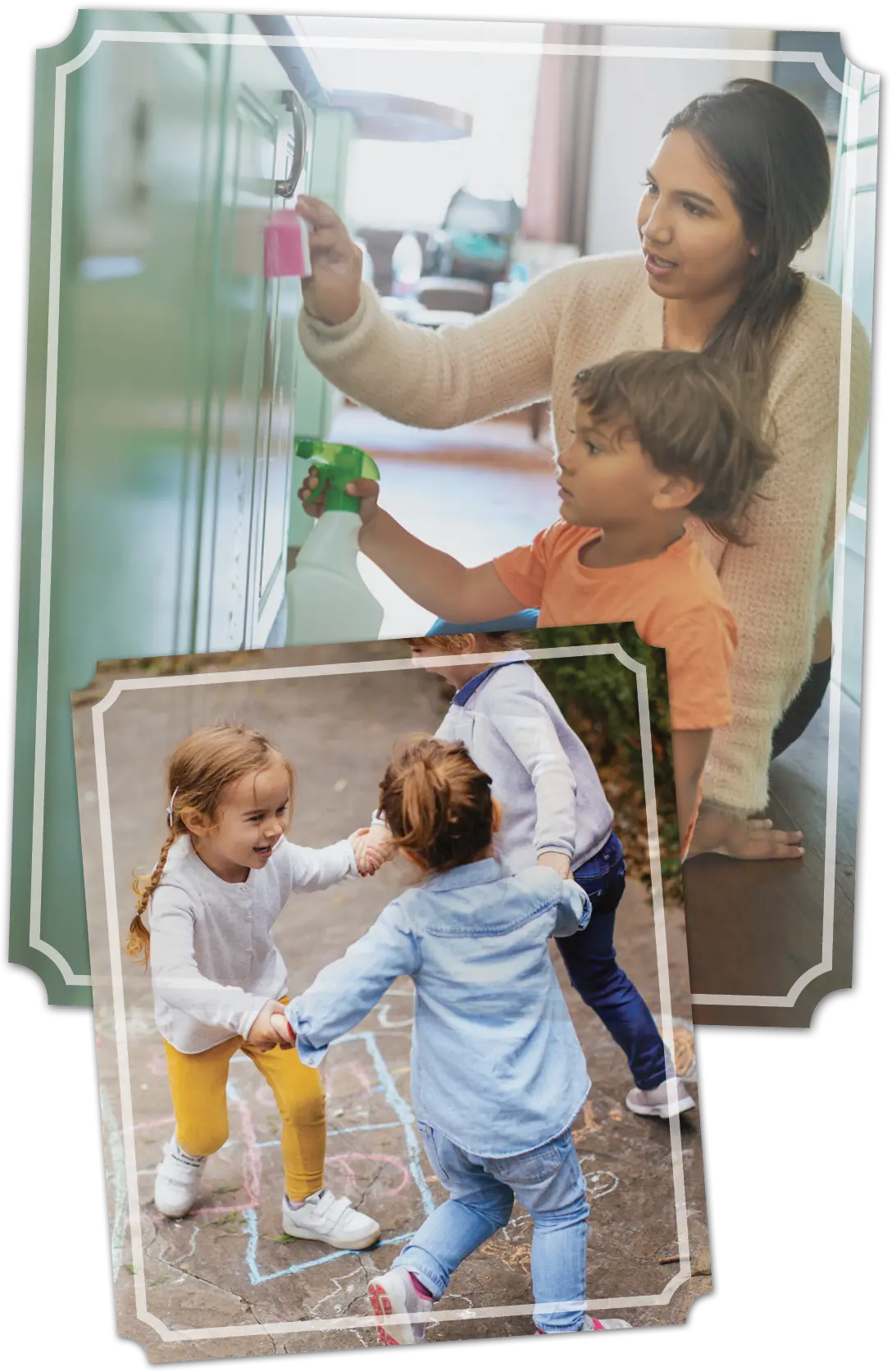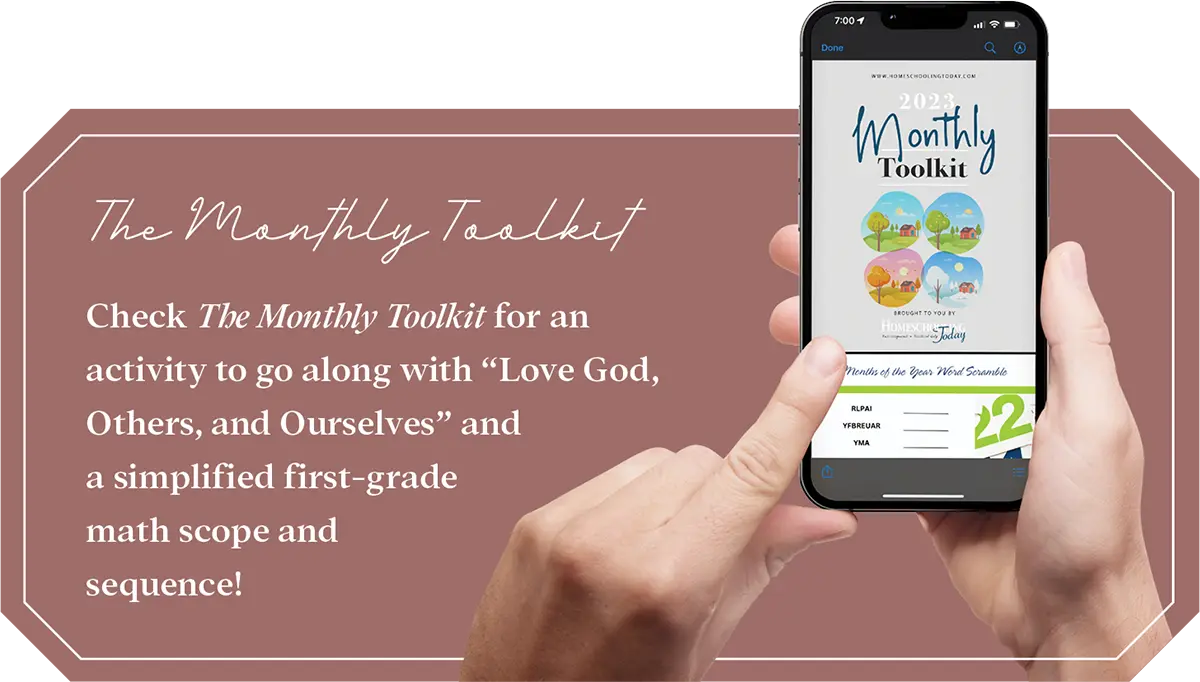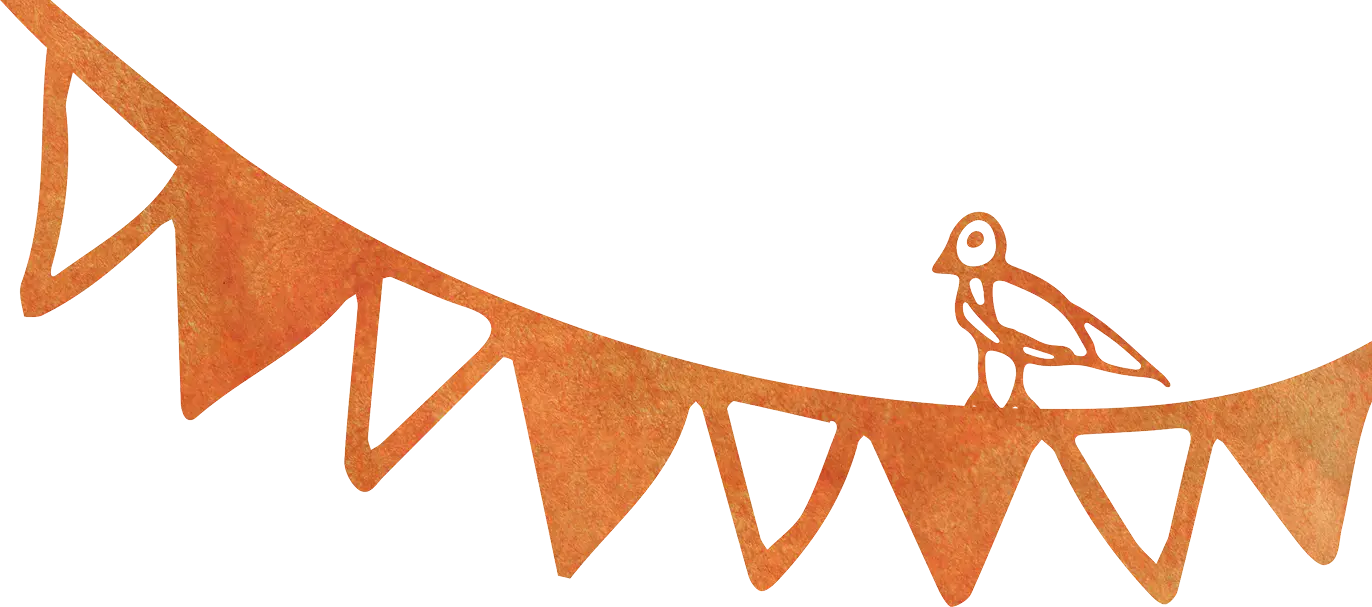
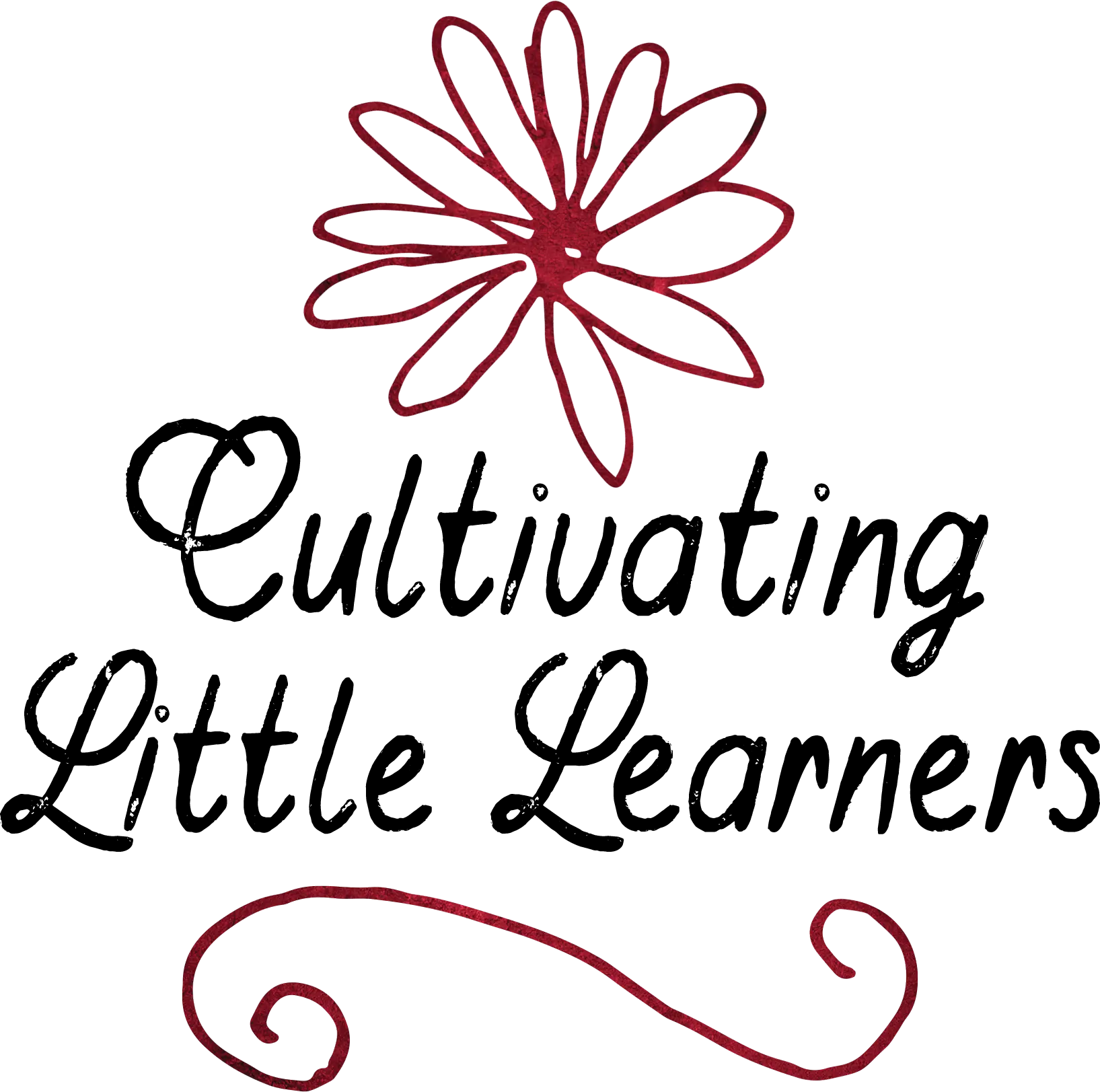

re you feeling pressured to do all the things with your littlest learners? Maybe it’s time to step back and ask, “What do they really need?”
We need to be aware of the way God made our young children to grow and develop and take this into consideration as we teach them. Unfortunately, we have a real lack of understanding of child development in our society, and this is reflected in the way we chain children to desks earlier and earlier—to the great detriment of children and their development.
When Lesli’s son had a brain injury at eighteen months old and lost his ability to walk and talk, she had to become an amateur neurologist. The doctors told her he would never speak and would most likely be in an institution by the time he was ten. They gave him no hope for a normal life. That was not acceptable to her. She set to work researching and developing a plan for her son to rewire his damaged brain.
On the other side of the country, Kathy, with a degree in child development, had started a family through adoption. Having children who were born saturated with trauma caused her to reach deep into her child development background in order to heal her children and help them thrive.
Much of what we share with you today comes out of this early season in our parenting journeys. There are three important things that you should know about a preschooler’s neurological development:
Here’s the important part: Different types of sensory stimulation develop synapses in different parts of the brain. For example, squishing your toes in mud actually builds synapses in the part of the brain used for higher-level mathematics. Deep imaginary play builds synapses in the part of the brain that governs executive function and self-control. While your children are engaged in what seems to be frivolous play, there is actually some serious construction work going on inside their heads. Play should be the primary work of a child!
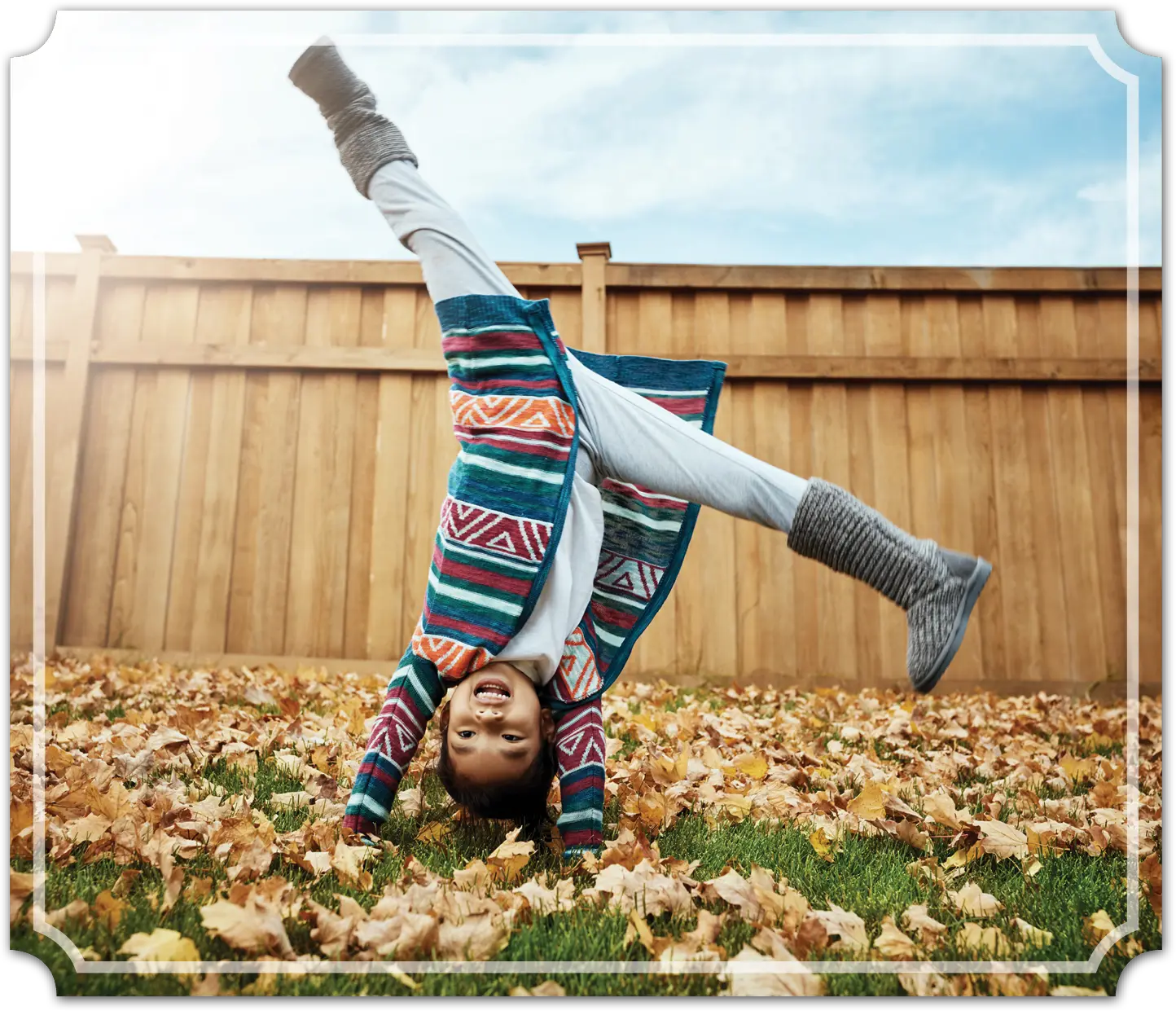
Children will literally grow overnight sometimes. Sometimes they crave physical activity so their nervous system can sync up with their rapidly growing body. On these days, they may throw themselves onto furniture and bounce off the walls. It’s time to get outside and let them run!
Other days, they are more clingy and need physical contact with you. This is important for their emotional and physical development as well! Those are the days to make blanket forts and read books together. Trust yourself to observe your children and feed them what they need.
As you go throughout your day, point children to God by role modeling attributes He instills in us such as gentleness, kindness, patience, mercy, grace, and love. Remind young children often that we are kind because Jesus was kind; we show grace because He showed grace.
We show love to ourselves by developing self-care and home routines. We show love for others by cultivating manners that put others at ease. Being respectful, learning to be courteous, gently touching small animals are all things we can model and teach.
It really is their hearts that we are after in the long run, so our time and efforts should reflect this. Can you imagine what it would look like to dedicate a really big time block of your day to growing your children’s hearts toward God and others? You will reap rewards for the years to come, and it will make homeschooling them easier, too.
Their rapidly growing muscles and ligaments need constant practice! Try to plan a gross motor activity every day—going on nature walks, riding bikes and skateboards, or games like freeze tag or hopscotch. If the weather is bad, we suggest dance parties, using a 2×4 as a balance beam, yoga, or hide and seek.
Provide your children with building materials, quality art supplies, and games and activities that require fine motor coordination, too!
Doesn’t that sound like an amazing way to educate a child?
To accomplish this, do as much of teaching outside as possible! Children love to observe things and catalog collections such as rocks, seashells, and acorns. Encourage this with a basket by your back door filled with binoculars, magnifying glasses, children’s field guides, and collection boxes. Have an empty shelf on your porch for their scientific finds. This open-ended exploration is how we do science with little ones.
Planting a garden together, color mixing, bird watching, and other outdoor activities with a general spirit of investigating are all valuable activities for little ones.
- Count scoops of coffee, flower petals, and plates needed for mealtime
- Use a mini tape measure on a nature walk
- Fold towels for a geometry lesson
Look through a first-grade math scope and sequence and you’ll see that you can do first grade math all day long without thinking about it too much! Invite your preschoolers into your real activities.
Sensory play can be done safely and neatly outside in a plastic swimming pool. Protect your environment with beach towels, shower liners, or plastic tablecloths. Use sensory play to:
- Build language skills
- Calm an anxious child
- Offer stimulation to a sensory seeker
- Increase your children’s attention span
If you are new to sensory play, start with water and some small cups and spoons for pouring. You can bring in some sand or dirt to mix with the water. If your children are ready for more, you can try bins of rice, beans or shredded paper.
Playing with playdough is one of our favorite sensory activities! Make scented playdough, cloud dough, or buy your favorite brand. Allow your children’s imagination to dictate the direction they take with it. We love providing rocks, sticks, moss, and ferns with our herbal playdough. You’ll be amazed by what children can do when given the opportunity. If your children enjoy sensory play, you can find plans to build a beautiful sensory table in our book, The Homegrown Preschooler. However, any tub or plastic container will work!
